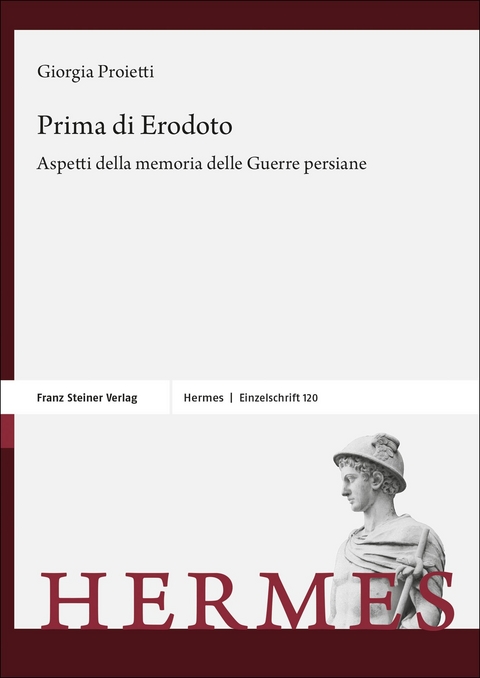Proietti, Giorgia. 2021. Prima di Erodoto: Aspetti della memoria delle Guerre persiane (Hermes 120). Stuttgart: Franz Steiner Verlag.

This book concerns the memory of the Persian Wars in Athens, in relation to the Panhellenic scenario, from the immediate post Marathon to the so-called ‘First Peloponnesian War’ (461–446). It analyzes all the pre-historiographic forms of memory (poetry, inscriptions, monuments, topography, theater, rites, cults, festivals, public discourse) through which the Persian Wars were remembered and represented before Herodotus told them in historiographic form.
Filling a gap in current research, the book starts from the awareness that the Persian Wars as told in the Stories of Herodotus do not exactly correspond to factual history, but are instead the result of a multiform and stratified process of memorialization, which decade after decade has reshaped events in the light of present needs. Combining a philological approach to literary, epigraphic and archaeological documentation with a theoretical and methodological landscape influenced by cultural anthropology and memory studies, it reconstructs the images and meanings associated with each layer of this process, thus offering a sort of stratigraphy of the memory of the Persian Wars before Herodotus.





